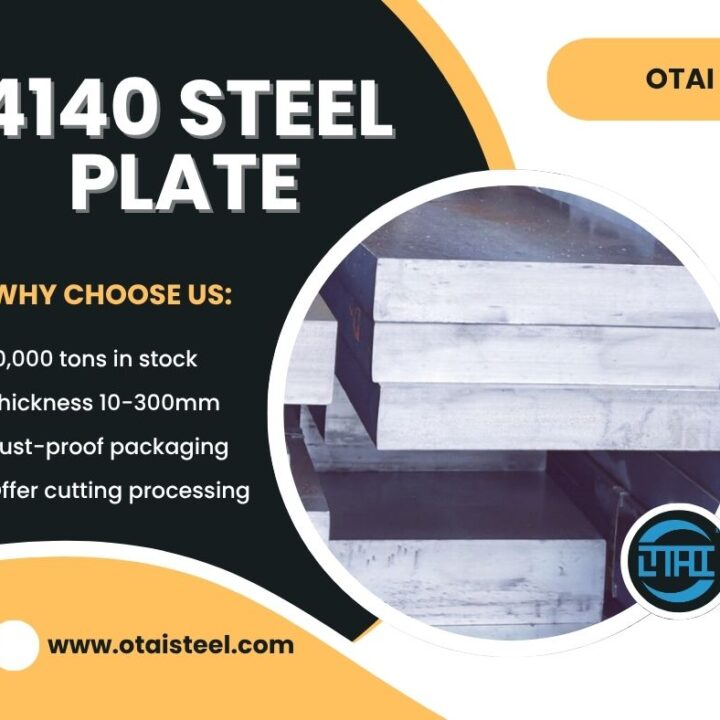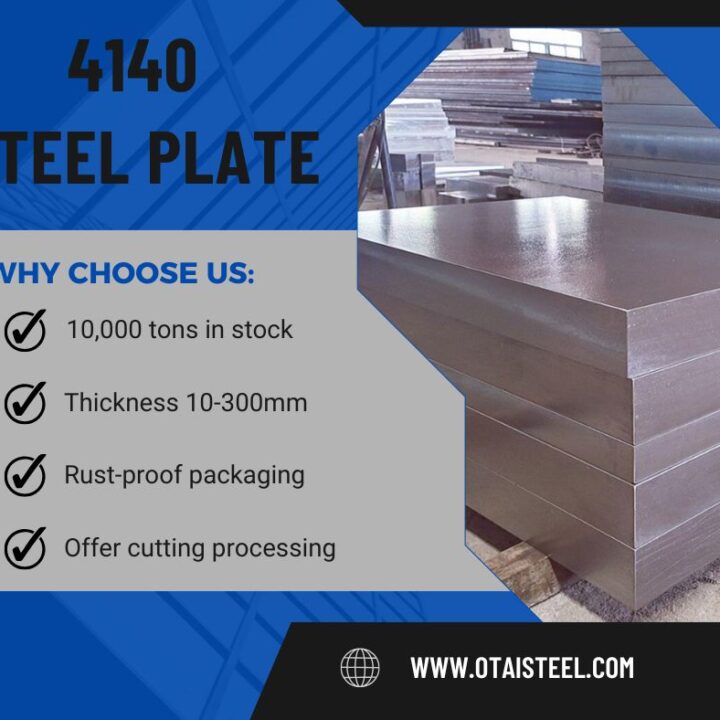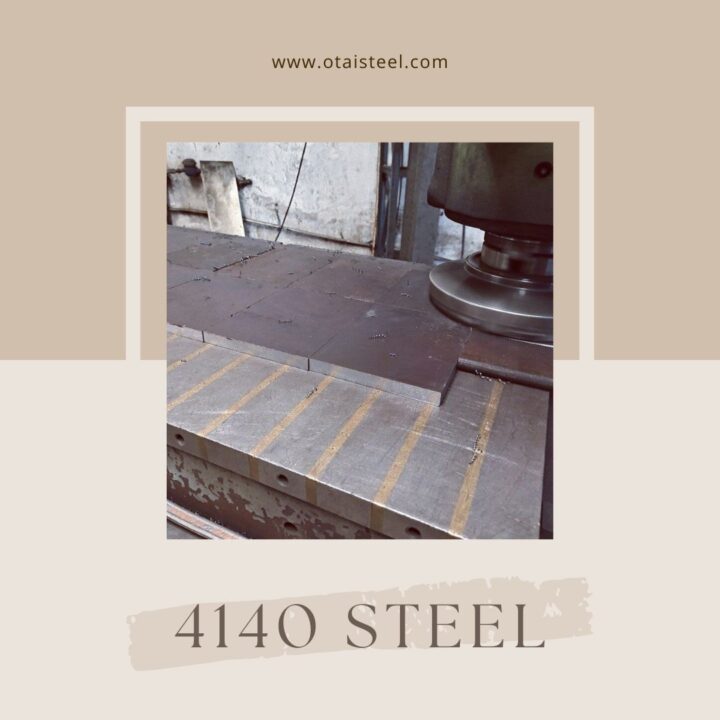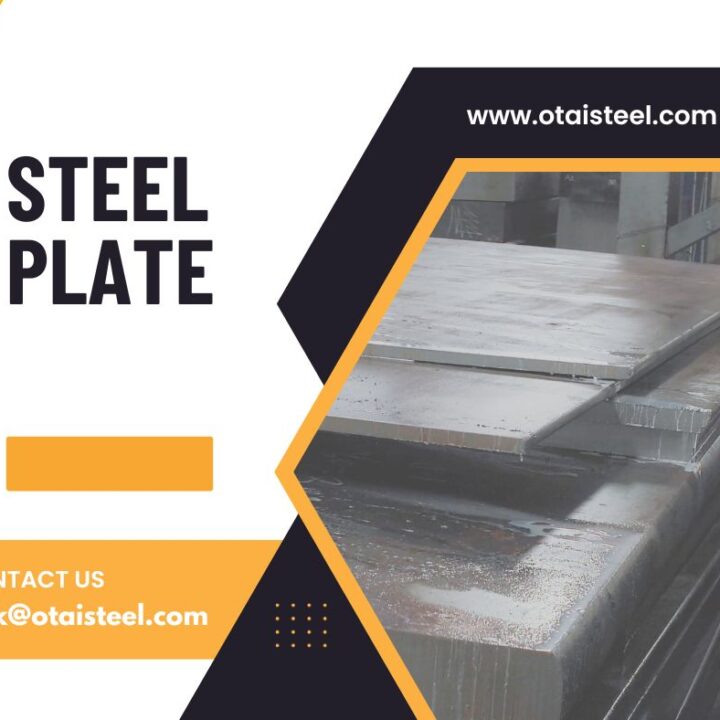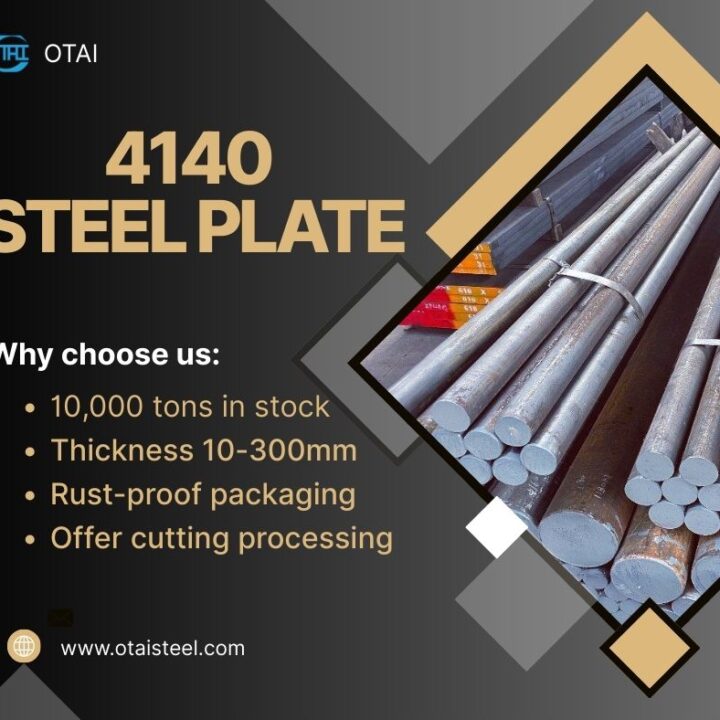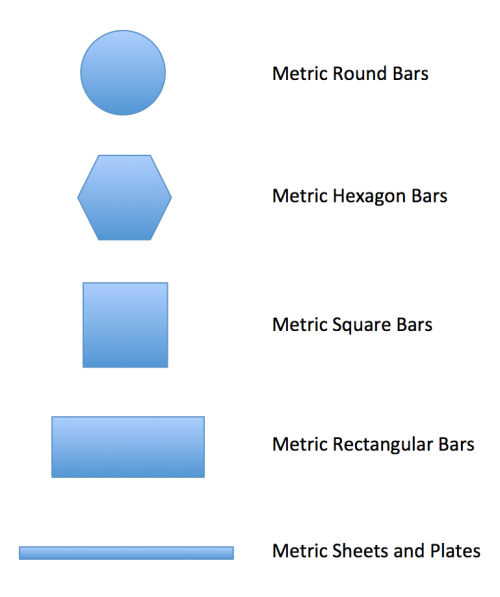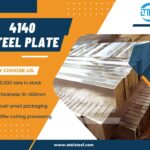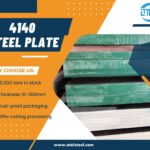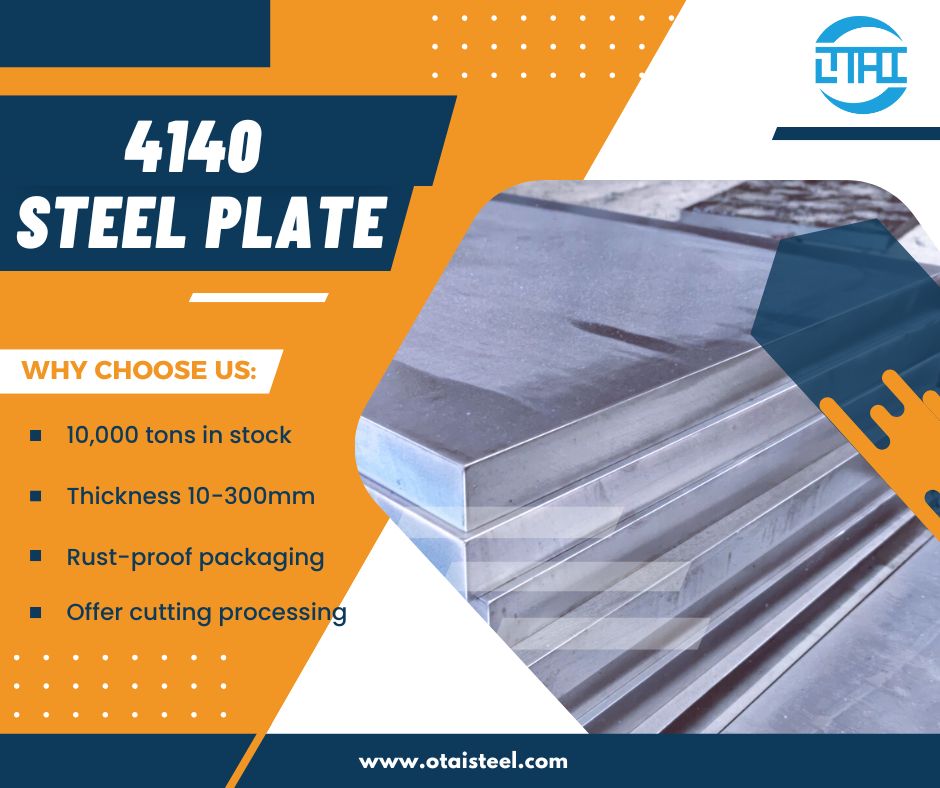 4140 Steel Electrical Conductivity: What You Should Really Know
4140 Steel Electrical Conductivity: What You Should Really Know
If you’ve ever asked yourself, “Is 4140 steel conductive?” or wondered how it compares to other materials in terms of electrical performance—you’re not alone. Engineers, machinists, and product designers working on both mechanical and electromechanical systems often want to know:
💬 “Can 4140 steel be used in circuits?”
💬 “What is the electrical conductivity of 4140 steel?”
💬 “How does it compare with copper or stainless steel?”
Let’s break it all down—clearly, practically, and with some sparks of insight 🔧⚡
📌 What Is 4140 Steel Made Of?
4140 is a low-alloy chromium-molybdenum steel, widely used in gears, shafts, axles, and high-stress components. It’s beloved for its strength, toughness, and wear resistance, but when it comes to conducting electricity, it’s a very different story.
Here’s a look at its basic composition:
| Element | Typical Content (%) |
|---|---|
| Carbon (C) | 0.38 – 0.43 |
| Chromium (Cr) | 0.80 – 1.10 |
| Molybdenum (Mo) | 0.15 – 0.25 |
| Manganese (Mn) | 0.75 – 1.00 |
| Silicon (Si) | 0.15 – 0.30 |
These alloying elements strengthen the steel—but also lower its electrical conductivity compared to pure metals like copper or aluminum.
⚡ Electrical Conductivity of 4140 Steel: The Numbers
To put it bluntly, 4140 is a poor electrical conductor—and that’s by design.
-
Electrical conductivity of 4140 steel: ~2.7–3.2% IACS
-
Electrical resistivity: ~55–60 µΩ·cm (micro-ohm centimeters)
To put that in perspective:
| Material | Conductivity (% IACS) | Electrical Resistivity (µΩ·cm) |
|---|---|---|
| Copper | 100 | 1.72 |
| Aluminum | ~61 | 2.82 |
| Stainless Steel 304 | ~2 | ~72 |
| 4140 Steel | ~3 | ~58 |
So while 4140 alloy steel electrical resistivity is lower than that of stainless steel, it is still very high compared to copper or aluminum. That means: don’t use 4140 steel in electrical circuits or as a conductor unless you have no other choice.
🔌 Does 4140 Steel Conduct Electricity?
Technically, yes—all metals conduct electricity to some extent, and 4140 is no exception.
But if you’re wondering “Does 4140 steel conduct electricity efficiently?”, the answer is a firm no. Its high resistance makes it unsuitable for applications where current needs to flow easily or heat needs to be managed via conduction.
💡 Use case tip: If you’re using 4140 steel for structural parts that happen to be near or touching conductive surfaces, make sure to ground properly and avoid assumptions about its conductivity performance.
🔍 4140 Steel vs Copper Conductivity – A Quick Comparison
Let’s be clear: 4140 steel vs copper conductivity is like comparing a truck to a lightning bolt.
| Property | 4140 Steel | Copper |
|---|---|---|
| Conductivity (% IACS) | ~3 | 100 |
| Heat Conductivity (W/m·K) | ~42 | ~385 |
| Machinability | Good | Fair |
| Cost | Lower | Higher |
If your application requires current flow, heat transfer, or low resistance, go with copper.
If you need mechanical strength and conductivity is secondary, 4140 might still be acceptable.
🔥 Thermal and Electrical Properties of 4140 Steel
While we’re here, let’s not forget about thermal performance—it often goes hand-in-hand with electrical characteristics.
| Property | Value |
|---|---|
| Thermal Conductivity | ~42 W/m·K |
| Specific Heat Capacity | ~0.46 J/g·K |
| Melting Point | ~1425–1540°C |
| Thermal Expansion | ~12.2 µm/m·K |
So although thermal and electrical properties of 4140 steel are decent for a structural material, they’re nowhere near specialized conductive metals. Still, 4140 handles thermal cycling quite well—making it suitable for tools or parts exposed to heat but not needing to carry current.
🧠 Is 4140 Steel Suitable for Electrical Applications?
If you’re designing a conductor, bus bar, or electrical contact—4140 steel is not the right choice. Its high resistivity means poor energy transfer and heat buildup under load.
However, 4140 steel for electrical applications can still make sense in indirect roles:
-
Structural parts that support electrical assemblies
-
Grounded enclosures or support brackets (if conductivity is not essential)
-
Insulated mounts where mechanical strength is more important than conductivity
💡 Real-World Use Case – Custom Brackets in a Power Substation
We once had a client from Malaysia building custom high-strength brackets in a power substation. They initially used aluminum for better conductivity—but found it too soft and prone to fatigue.
We recommended 4140 steel with an insulated coating. It didn’t carry current, but it held the bus bar solidly without deformation for years. Sometimes, it’s about balancing strength + non-conductivity rather than conductivity alone.
🏭 Why Otai Steel Is Your Go-To for 4140 Alloy Steel
At Otai Special Steel, we offer more than just metal. We deliver reliable material solutions tailored to your needs:
- Over 10,000 tons of 4140 in stock—annealed, normalized, or Q&T
- Supply in cut-to-size thicknesses from 6mm to 300mm
- Optional treatments like black oxide, nitriding, and stress relief
- Full testing (UT, chemical composition, hardness)
- Fast global shipping and custom packaging
- Trusted by Thyssenkrupp, Schlumberger, Borealis & more
📧 jack@otaisteel.com
📱 WhatsApp: +8676923190193
Need help selecting the right grade? We’re just a message away.
❓FAQs – 4140 Steel Electrical Conductivity
Q1: Is 4140 steel conductive like copper?
No. It conducts electricity but very poorly—only about 3% as efficiently as copper.
Q2: Can I use 4140 steel for grounding or electrical enclosures?
Yes, but only if conductivity isn’t critical. For high-resistance grounding, it’s acceptable with proper insulation.
Q3: Is 4140 steel better than stainless steel for conductivity?
Slightly better than some stainless steels, but still far worse than aluminum or copper.
Q4: Will heat treatment affect electrical conductivity of 4140?
Not significantly. Its conductivity remains low even after quenching, tempering, or normalizing.
Q5: Do you supply 4140 steel with coatings for electrical isolation?
Yes! We offer black oxide, nitrided, and custom-coated finishes on request.

